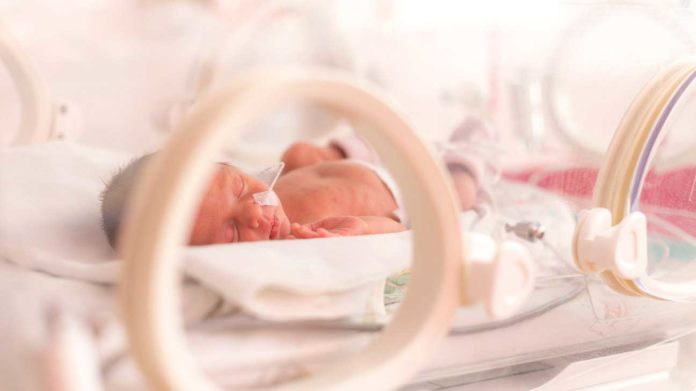Non-contact heart rate (HR) and respiratory rate (RR) monitoring are necessary for preterm infants due to the potential for the adhesive electrodes of conventional electrocardiogram (ECG) to cause damage to the epidermis. So, scientists at the University of South Australia have effectively trialed new computer vision technology to securely screen the heart and respiratory rates of babies in neonatal units.
The technology works by capturing subtle signals in a pre-term baby, such as invisible skin color variations that can be amplified to measure cardiac activity.
The infants were filmed utilizing high-resolution cameras at close range and their crucial physiological data extracted using propelled signal processing techniques that can identify subtle color changes and movement not visible to the human eye.
Scientists tested the technology by monitoring ten premature babies at Flinders Medical Centre Neonatal Unit. The preterm infants were chosen as they are inclined to episodes of bradycardia (slow pulse) and apnea (when breathing stops) – conditions which are difficult to monitor without the utilization of an electrocardiogram which relies on costly, adhesive electrodes that can harm babies’ delicate skin and leave them vulnerable to infection.
UniSA neonatal critical care specialist Kim Gibson said, “An unexpected finding was that our system was able to detect apnea when the ECG monitor did not accurately. Further research is needed, but preliminary results show that the non-contact system could help monitor the health of pre-term babies, particularly when resources are scarce, and the risk of infection is high.”
Scientists published their research in the journal Pediatric Research.
